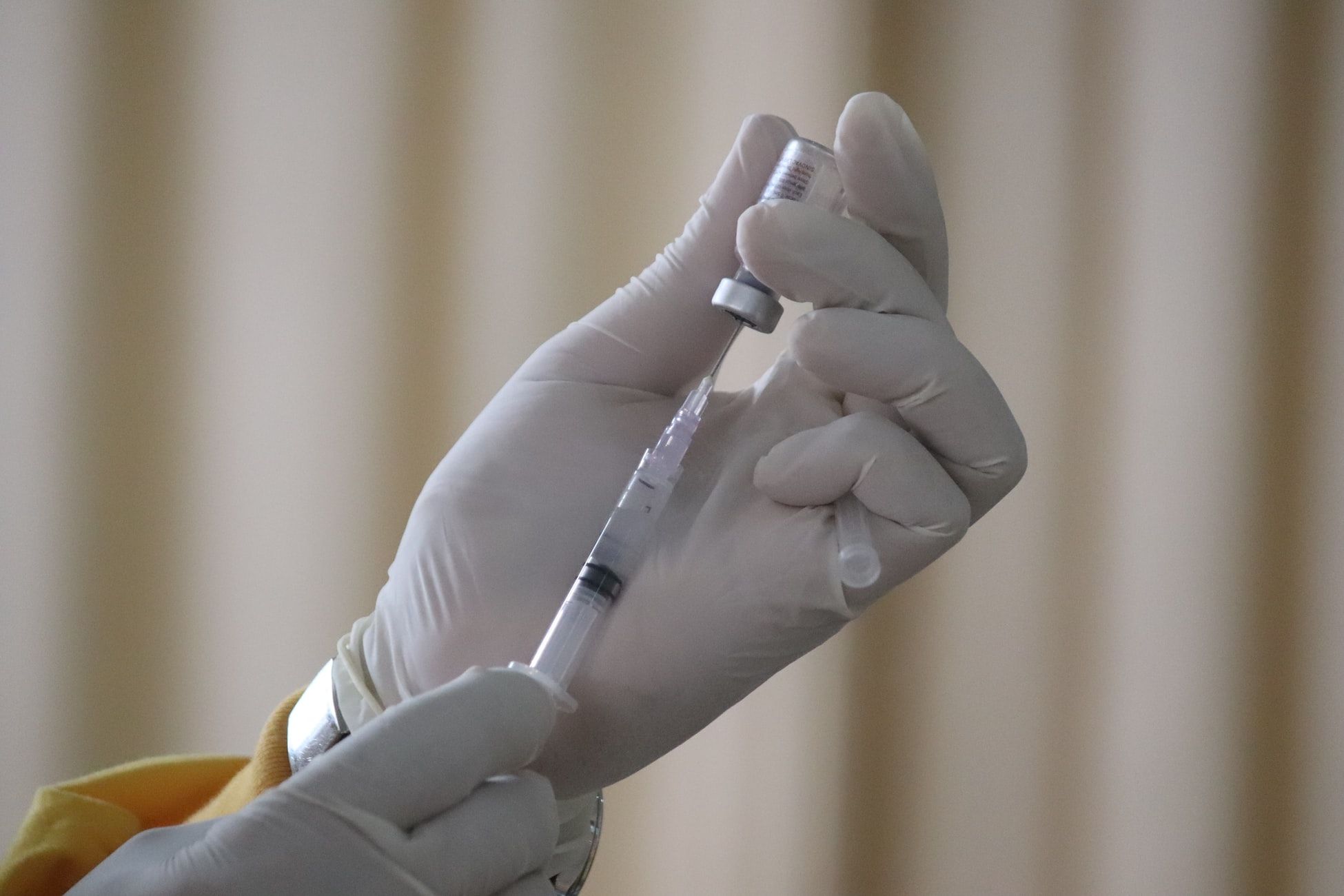A recent study has shown that blood clotting following adenovirus-based COVID vaccines — which include AstraZeneca, J&J, and Sputnik — could be caused by wrong injection techniques. It has been found that the wrong technique may lead to the vaccine being accidentally injected into a blood vessel rather than the muscle.
Clinician scientists in Munich University, Germany, and a research institute in Italy conducted studies on mice that found this extremely rare complication of the adenovirus vaccine might be caused because of being injected into the bloodstream.
Also Read | Pregnant women now eligible for COVID vaccination in India. Details here
The study highlighted inadvertent intravenous injection as a potential cause for the post-vaccination thrombotic thrombocytopenic syndrome (TTS), also known as vaccine-induced immune thrombotic thrombocytopenia (VITT), according to a preprint published on bioRxiv.org earlier this week.
“If the tip of the needle doesn’t reach deep enough in the muscle or if it hits a blood vessel, the vaccine can be directly injected into the bloodstream. This can happen when the skin is pinched up by an inadequately trained health worker. Intramuscular injections are meant to be given without pinching up the skin so that the needle tip reaches the muscle. When the skin is pinched up, the needle tip reaches only the subcutaneous tissue. When that happens, not only is the vaccine not absorbed properly, but rarely it can hit one of the blood vessels that travel through the layer located between skin and muscle which contains a network of blood vessels,” told Dr Rajeev Jayadevan, a member of IMA’s National Taskforce for Coronavirus to Times of India.
After a study had been conducted in Denmark, Jayadevan in April had warned of the possibility of faulty injection technique being the culprit behind the rare blood clotting seen after getting an adenovirus-based COVID vaccine. According to him, the health workers have stopped aspirating or pulling back the plunger of the syringe to check if a blood vessel had been hit while administering intramuscular injections. “Aspiration was standard practice during my training days,” he added.
Also Read | Schools should carry out COVID tests, even when zero cases: WHO
The study examined the impact of the shot on the bloodstream. It can’t be tested on people, therefore mice were chosen instead. It stays localised when administered intramuscularly. When injected into the bloodstream, it travels to various regions of the body, where clots might develop. Clot formation has been acknowledged to be clearly linked to the jab, despite the fact that it is not commonly associated with it.







